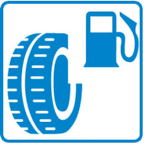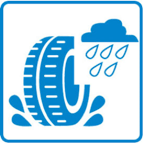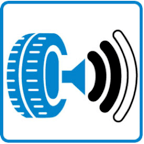Description
Scorpion Verde™
![]() Reduced interior noise levels
Reduced interior noise levels
![]() Reduction of fuel consumption and CO2 emissions
Reduction of fuel consumption and CO2 emissions
![]() High mileage and stable performance
High mileage and stable performance
![]() Improved stability, even for large SUVs
Improved stability, even for large SUVs
When developing the Scorpion Verde™, the focus was on innovative technologies and environmental friendliness, whilst never compromising safety and performance. This makes the Scorpion Verde™ Pirelli's answer to the expectations of crossover SUVs - always in keeping with the Green Performance philosophy.
Advantages: Reduced fuel consumption and CO2 emissions plus - 30% of perceived noise (-1dB)
Advantage: Lower internal noise
Advantages: High mileage and stable performance
Advantage: Improved stability also for big Suv
PNCS: Comfortable driving
The PIRELLI NOISE CANCELLING SYSTEM (PNCS) is a technology that uses noise-absorbing devices on the inside wall of the tyres to significantly reduce noise inside the vehicle.
Essential advantage of this tyre for you:
![]() Precise directional stability even at high speeds
Precise directional stability even at high speeds
![]() Excellent steering precision
Excellent steering precision
![]() Enormous vehicle stability in all conceivable situations
Enormous vehicle stability in all conceivable situations
![]() Increased driving comfort and safety thanks to even wear and tear
Increased driving comfort and safety thanks to even wear and tear
![]() Premature replacement of a tyre reduced to a minimum
Premature replacement of a tyre reduced to a minimum
Manufacturer information
EU Tyre Label
As of 01/11/2021, the European Tyre Labelling Regulation EU/1222/2009, (EU tyre label) applies. This regulation applies for all newly manufactured tyres as of CW27/2021.
The EU tyre label provides information about the criteria for fuel efficiency, wet grip and external rolling noise and is binding for all car, LGV and HGV tyres (classes C1, c2 and C3) within EU Member States.
The aim of the EU tyre label is to increase safety, environmental protection and efficiency of road traffic by promoting fuel-saving, safe and quiet tyres.
Alongside the EU tyre label, you should continue to consider the relevant tyre tests as an important factor in your decision to purchase, as the new EU tyre label tests only three important criteria. in this way, for example, the driving characteristic of summer tyres on a dry road is assessed just as little as the snow grip of winter tyres



 C
C
 Austria
Austria
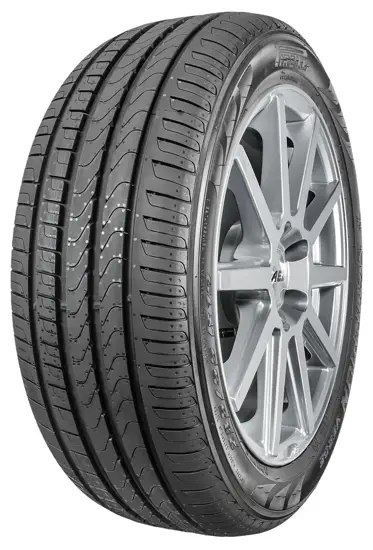



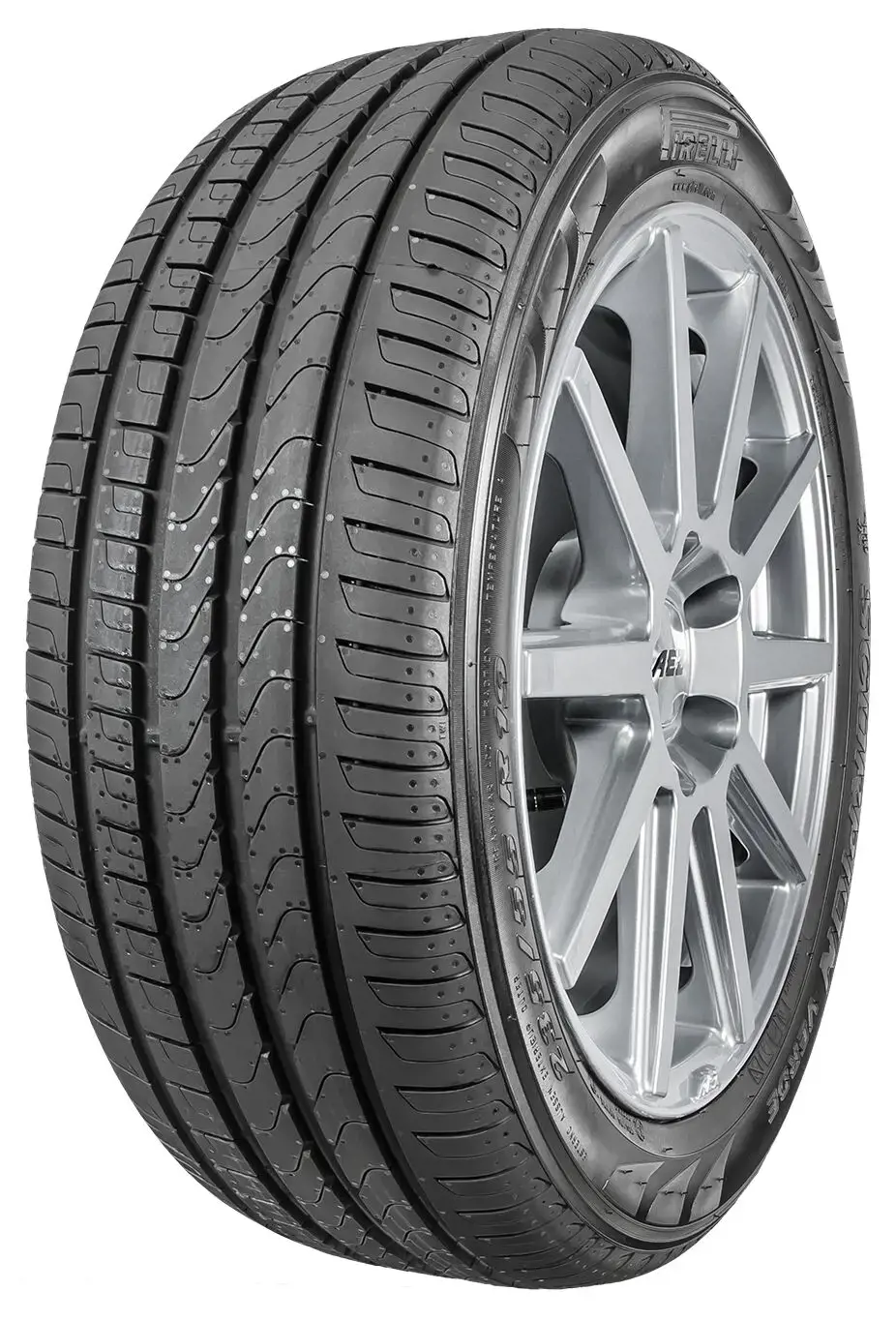



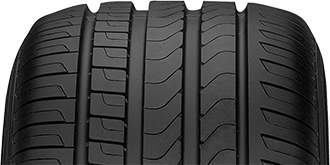 Optimised profile and innovative materials
Optimised profile and innovative materials
 Optimised pitch sequence and phasing
Optimised pitch sequence and phasing
 Dedicated shoulder profile
Dedicated shoulder profile
